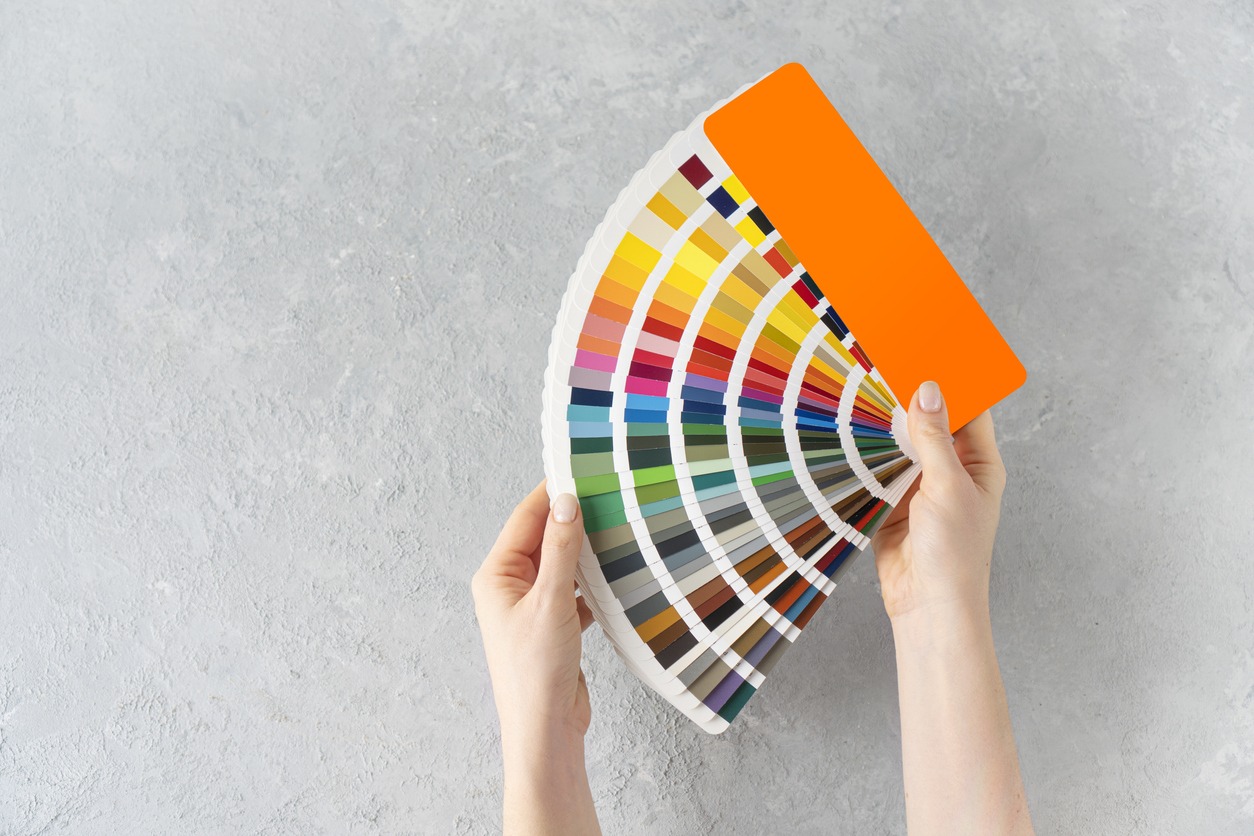Choosing the right colors for house painting can be tricky. Many people make common mistakes that can lead to unsatisfactory results. This article highlights the most frequent mistakes people make when selecting paint colors for their homes. By understanding these pitfalls, you can avoid them and create a space that looks more cohesive.
Common Mistakes When Choosing House Colors
Picking house colors is an important decision. However, many people make mistakes that can lead to disappointment. Take a look at some of the most frequent errors people make when selecting paint colors for their homes.
Ignoring the Home’s Architecture
One common mistake is not considering the architecture of the home. Different architectural styles often have traditional color schemes that enhance their features. Using colors that don’t match the style can make the home look mismatched.
Overlooking Lighting Conditions
Another frequent error is not taking lighting into account. Colors can look different under various lighting conditions. Failing to test how colors look in both natural and artificial light can lead to unexpected results.
Choosing Colors That Are Too Bold
Bold colors can be striking, but they can also be overwhelming when used extensively. Many people make the mistake of selecting very vibrant colors without considering how they will look on large surfaces. This can make the home stand out in an unpleasant way.
Not Testing Paint Samples
Skipping the step of testing paint samples is another common mistake. Paint colors can look different on a small swatch than they do on a large wall. Without testing samples on the actual walls, homeowners might end up with a color they don’t like.
Forgetting About the Neighborhood
It’s easy to focus solely on personal preferences and forget about the surrounding homes. Choosing a color that clashes with neighboring houses can make the home look out of place. Considering the overall look of the neighborhood is important.
Using Too Many Colors
While variety can add interest, using too many colors can make a home look chaotic. Many people want to express creativity but end up with a disjointed appearance. Sticking to a limited color palette is often more effective.
How to Select the Best Colors for Your Home
After learning about the common mistakes made when choosing house colors, it would be easier for you now to decide which specific colors would be suitable for your home. Here are several tips to help you select the best colors for your house.
Consider the Home’s Architecture
Start by looking at the architectural style of your home. Different styles have traditional color palettes that highlight their features. Matching the color to the architecture can create a more cohesive look.
Evaluate the Lighting
Colors can change dramatically under different lighting conditions. Test your color choices in both natural and artificial light. This helps you see how the color will look at various times of the day.
Use Color Samples
Always test paint samples on your walls before making a final decision. Small swatches can be misleading. Seeing the color on a larger area gives a better sense of how it will look throughout the room.
Coordinate with the Neighborhood
Take a walk around your neighborhood to see what colors other homes are using. This doesn’t mean you have to match exactly, but it’s good to choose colors that complement the surrounding houses. This helps maintain a harmonious look in your area.
Limit the Number of Colors
Using too many colors can make a home look chaotic. Stick to a limited palette to create a more unified appearance. Choose one or two main colors and use accents sparingly.
Think About the Mood
Different colors can evoke different feelings. Consider what kind of mood you want each room to have. For example, blues and greens can create a calming effect, while reds and yellows can make a space feel more energetic.
Tips for Applying Paint to Various Surfaces of Your Home
Applying paint to different surfaces in your home requires specific techniques for the best results. Here are tips to help you get a great finish on any surface.
Prepare the Surface
Before you start painting, ensure the surface is clean and smooth. Remove any dirt, grease, or old paint. Sand the surface if necessary to create an even base for the new paint.
Use the Right Primer
Different surfaces require different types of primer. For example, use a water-based primer for drywall and an oil-based primer for wood. The right primer helps the paint adhere better and last longer.
Choose the Right Paint
Select paint that is suitable for the surface you are painting. For example, latex paint can be used for walls and ceilings, while oil-based paint works well for trim and doors. The right paint ensures a durable and attractive finish.
Apply Thin Coats
Apply paint in thin, even coats rather than one thick coat. This helps prevent drips and ensures a smoother finish. Allow each coat to dry completely before applying the next one.
Use Quality Brushes and Rollers
Invest in good-quality brushes and rollers. They apply paint more evenly and make the job easier. Cheap tools can leave streaks and brush marks, affecting the final look.
Paint in Proper Conditions
Avoid painting in extreme temperatures or high humidity. These conditions can affect how the paint dries and adheres to the surface. Ideal conditions are usually between 50 and 85 degrees Fahrenheit.
Conclusion
Selecting the right colors for your house can be challenging, but avoiding common mistakes can make the process smoother. By considering the architecture, lighting, and neighborhood, and by testing samples, you can make better color choices.
For expert help with your house painting project, contact Custom Painting, Inc. You can reach us at 925-294-8062 or fill out our Contact Form to know more.



